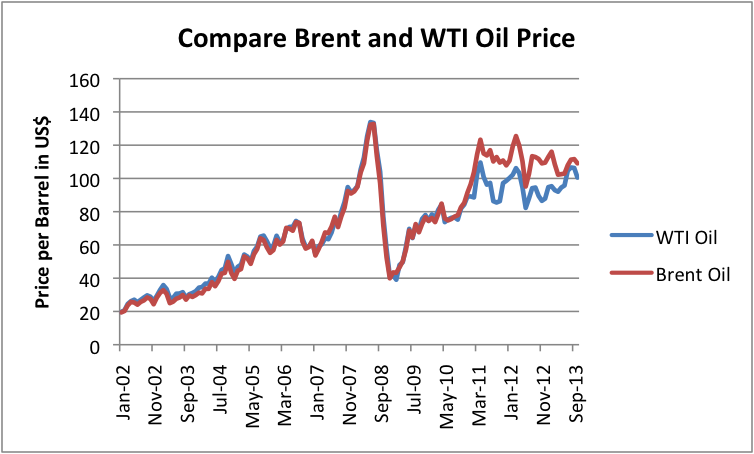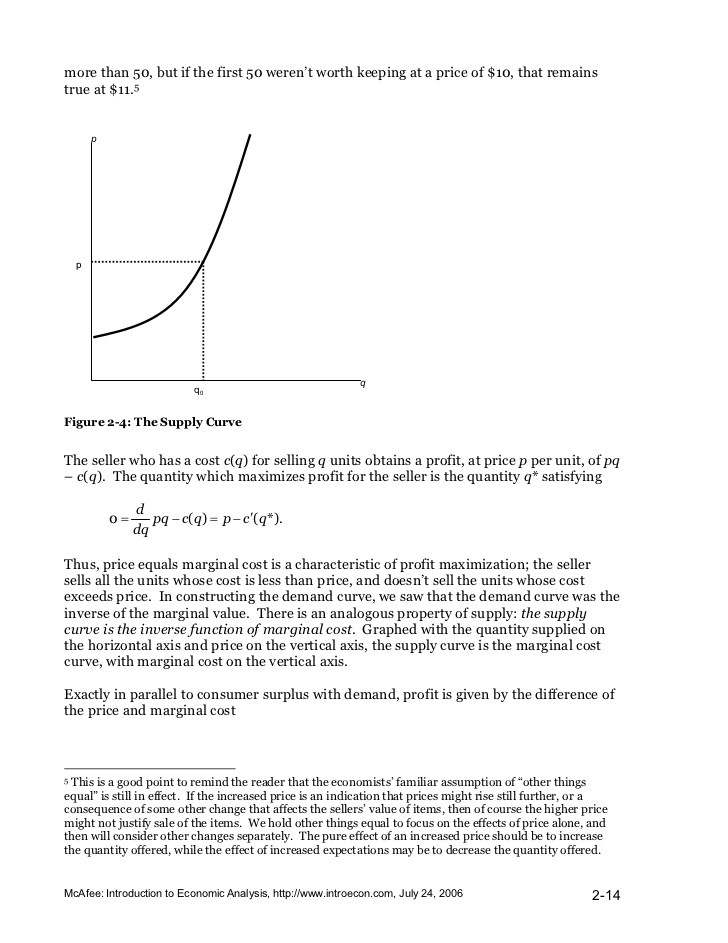Oil As An Asset Hotellings Theory On Price_1
Post on: 15 Июнь, 2015 No Comment

The recent collapse in oil prices has taken pundits and oil producers by surprise. It was only six months ago that prices were over $100/bbl and at that time they had been above $100/bbl for three and a half years. In fact the stability had become uncanny, so perhaps we should have seen the collapse coming. I would like to claim I had been prescient but sadly I wasnt.
There are lots of conspiracy theories on offer, but it seems to me the root of Saudi Arabias refusal to defend the oil price lies in its fear of a repetition of the loss of market share that OPEC suffered in the early eighties. But there are good reasons why the 2010s are not the 1980s.
I like to analyse the numbers, therein lies the explanation for OPEC and more particularly Saudi Arabias stance. Lets look back to the early eighties and see what happened to OPECs market share after the oil price shocks of the seventies.
Oil prices since 1965, in 2015 dollars with both total world oil supply and OPEC market share capacity up until 1990 shown in the background.
OPEC hiked prices twice in the seventies; the first jump in prices slowed down the growth in oil consumption and OPECs market share slowly eroded, but the move was essentially a triumph for the organisation. Their revenue tripled and while their exports were no longer growing that was a small price to pay.
The second jump in the oil price did not turn out so well for OPEC; this time their market share was not just eroded, it collapsed; and on top of that ignominy global consumption fell for four years in succession. By 1984 OPECs market share had dipped below 30%. The organisation went from being the masters of the oil market to its victims. By the end of the eighties the price was back down to $30/bbl (in 2015 money) and oil companies everywhere had embarked on the endless rounds of redundancies, rationalisations, mergers and cutbacks that has characterised the industry ever since.
It took until 1996 before OPECs could regain a market share of more than 40%. OPEC, and the Saudis in particular, learned the lesson that you can price yourself out of the market. High oil prices encourage energy savings and unconventional production techniques. If you charge too much for your product buyers find alternatives and other smart people find new ways to take your market share away. It is easy to lose your customers and damned hard work to get them back.
So what has happened recently?
Well it took a long time, but eventually world oil demand grew to the point where OPEC no longer had a lot of spare capacity unused. It seems pretty obvious now that we can actually chart all the data, but once OPEC spare capacity fell to around 2% of world oil consumption, the oil price was on a hair trigger. From 2004 onwards the price marched upwards, breaching $100/bbl with ease and briefly touching $147/bbl (in 2008 money) before that high price tipped the world into recession.
The ascent in prices wasnt really OPECs work, speculators and traders got the blame, but the oil producers basked in the revenues and the pundits and bankers predicted ever higher prices. But as the saying goes what goes up must come down and, just as it has done recently, the oil price collapsed at an alarming pace.

That price collapse, along with a massive injection of cash in the euphemistically labelled Quantitative Easing Programme, took the nasty edge off the 2008 recession and it wasnt long before oil consumption restarted its modest march upwards. Prices recovered from their lows, and OPEC was once again able to rebuild its market share. But what is really interesting is that this time round OPEC was able to increase its market share, while the oil price averaged $80/bbl. There was no need to endure a prolonged period of $30/bbl oil to recover the ground lost in the price exuberance of 2008.
So it turns out that the early years of the twenty-first century are indeed different from the eighties. In the eighties $100/bbl oil destroyed OPECs market share; $40/bbl to $60/bbl oil eroded OPECs share and it took prices as low as $20/bbl to $30/bbl to grow OPECs market share. Nowadays, $100/bbl to $120/bbl oil slowly erodes OPEC market share, and OPEC can grow exports and market share with an oil price of $80/bbl oil. Why? Well, Peak Oil might be an unfashionable theory but the world is slowly marching up the supply cost curve.
The futures market sees this too. Two years ago when the oil price was $115/bbl the futures market predicted that the price would correct back to $90/bbl. Last Monday with Brent trading at $51/bbl the futures market thought that the price will correct back to $77/bbl.
So what is an oil producer to do? Well, for sure the stability of the past few years has gone, the notion that oil would stay steady at $100/bbl for a long time was tempting, but only a chimera. For what its worth, it seems to me, that a sensible oilman or wise oil investor can plan for $80/bbl prices, they might hope for $100/bbl prices and for prudence they should stress test their projects, business and investments at $60/bbl, but $80/bbl seems the price that we will oscillate around for some time to come.
For traders I have no advice, the price tomorrow could go down just as easily as it could rise, but the longer the price stays below $60/bbl the more dramatically the price will spike when events eventually turn the tide.














